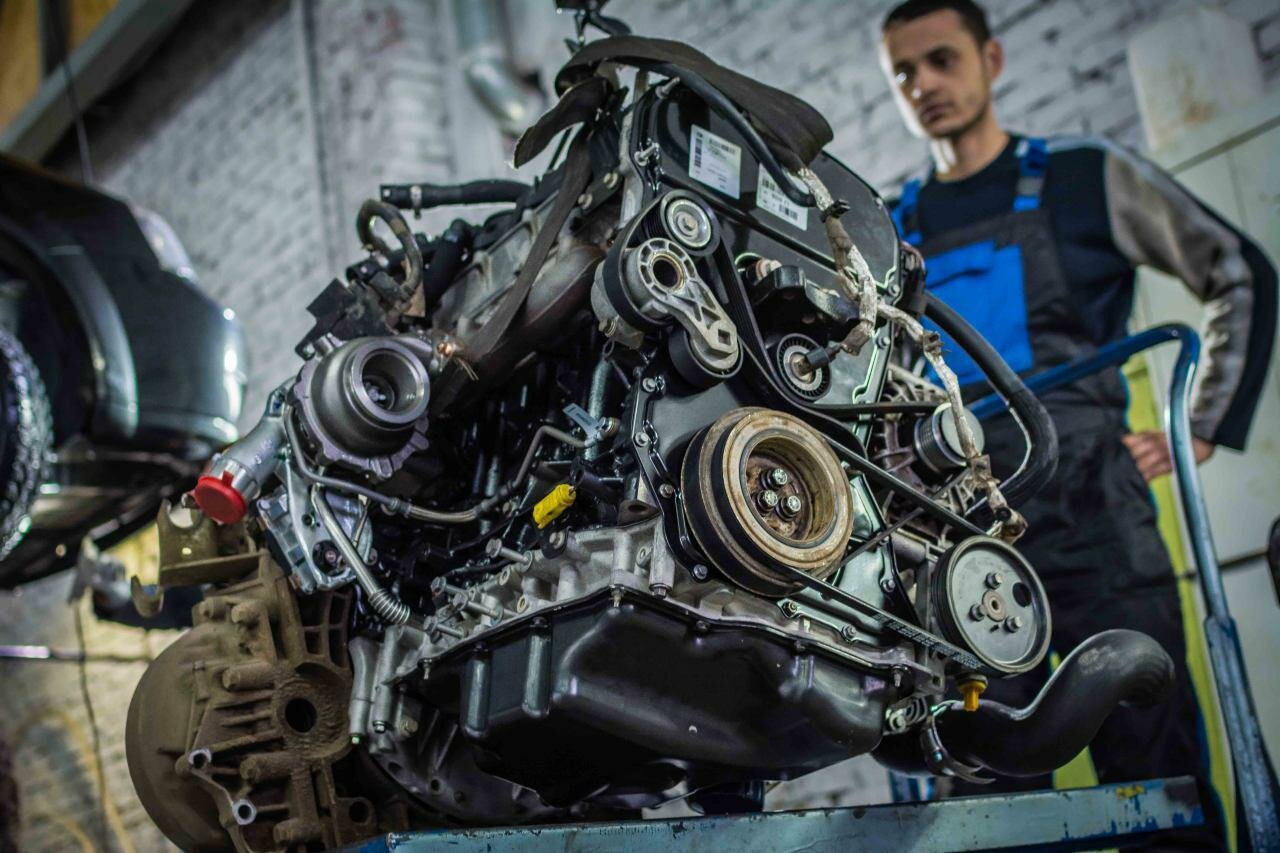Chevy Tahoe: A Brief Overview
The Chevy Tahoe has been a staple in the full-size SUV market since its debut in 1995. Known for its spacious interior, powerful performance, and rugged capability, the Tahoe quickly gained popularity among families and outdoor enthusiasts alike. Over the years, it has undergone several redesigns and updates, adapting to changing consumer preferences and technological advancements. The Tahoe is often praised for its towing capacity and off-road capabilities, making it a versatile choice for those who need a reliable vehicle for both daily commutes and adventurous getaways.
Engine Issues: A Persistent Concern
Despite its many strengths, the Chevy Tahoe has faced its share of engine-related problems that have raised concerns among owners and potential buyers. These issues have varied across different model years and engine configurations, but some common themes have emerged. From oil consumption problems to transmission failures, the Tahoe’s engine performance has been a topic of discussion among automotive enthusiasts and mechanics alike. Understanding these engine problems is crucial for anyone considering a Tahoe, as they can significantly impact the vehicle’s reliability and overall ownership experience. This article will delve into the specific engine issues associated with the Chevy Tahoe, providing a straightforward analysis of what potential buyers and current owners should be aware of.
Common Engine Problems in the Chevy Tahoe
The Chevy Tahoe, while a robust and capable SUV, is not without its share of engine problems. These issues can range from minor annoyances to significant mechanical failures that can affect performance and safety. Below, we will explore some of the most prevalent engine problems reported by Tahoe owners.
Oil Consumption Issues
One of the most frequently reported problems with the Chevy Tahoe is excessive oil consumption. Many owners have noted that their vehicles burn through oil at an alarming rate, often requiring frequent top-offs between oil changes. This issue is particularly common in models equipped with the 5.3L V8 engine.
Symptoms of Oil Consumption Problems:
– Frequent oil level drops
– Warning lights indicating low oil pressure
– Blue smoke from the exhaust
Transmission Failures
Transmission problems can also plague the Tahoe, particularly in older models. Issues such as slipping gears, harsh shifting, or complete transmission failure have been reported. These problems can lead to a loss of power and control, making the vehicle unsafe to drive.
Common Signs of Transmission Issues:
– Unusual noises during gear changes
– Delayed engagement when shifting from park to drive
– Warning lights on the dashboard
Engine Misfires
Engine misfires are another concern for Tahoe owners. This issue can stem from a variety of causes, including faulty spark plugs, ignition coils, or fuel injectors. Misfires can lead to poor fuel economy, reduced power, and increased emissions.
Indicators of Engine Misfires:
– Rough idling
– Decreased acceleration
– Check engine light activation
Overheating Problems
Overheating can occur due to a variety of factors, including coolant leaks, thermostat failures, or water pump issues. An overheating engine can cause severe damage, leading to costly repairs or even engine replacement.
Signs of Overheating:
– Temperature gauge reading in the red zone
– Steam or smoke from the engine bay
– Unusual engine noises
Fuel System Issues
Problems with the fuel system, such as clogged fuel filters or failing fuel pumps, can lead to poor engine performance and starting difficulties. These issues can significantly impact the Tahoe’s drivability and fuel efficiency.
Symptoms of Fuel System Problems:
– Difficulty starting the engine
– Stalling or hesitation during acceleration
– Decreased fuel efficiency
Top views |
|
|---|---|
 |
Oil, Timing Chains, Pistons: What Really Kills an Engine Prematurely? |
 |
How to Choose a Car with a Reliable Engine: Used Car Market Hacks That Actually Work |
Symptoms and Consequences of Engine Problems
Understanding the symptoms of these engine problems is crucial for Tahoe owners. Ignoring these signs can lead to more severe consequences, including costly repairs and safety risks. Below is a table summarizing the symptoms and potential consequences of common engine issues in the Chevy Tahoe.
| Engine Problem | Symptoms | Consequences |
|---|---|---|
| Oil Consumption | Frequent oil level drops, blue smoke | Engine wear, potential engine failure |
| Transmission Failure | Slipping gears, delayed engagement | Loss of control, safety hazards |
| Engine Misfires | Rough idling, decreased acceleration | Poor fuel economy, increased emissions |
| Overheating | Temperature gauge in the red, steam | Severe engine damage, costly repairs |
| Fuel System Issues | Difficulty starting, stalling | Reduced drivability, potential breakdown |




0 Comments